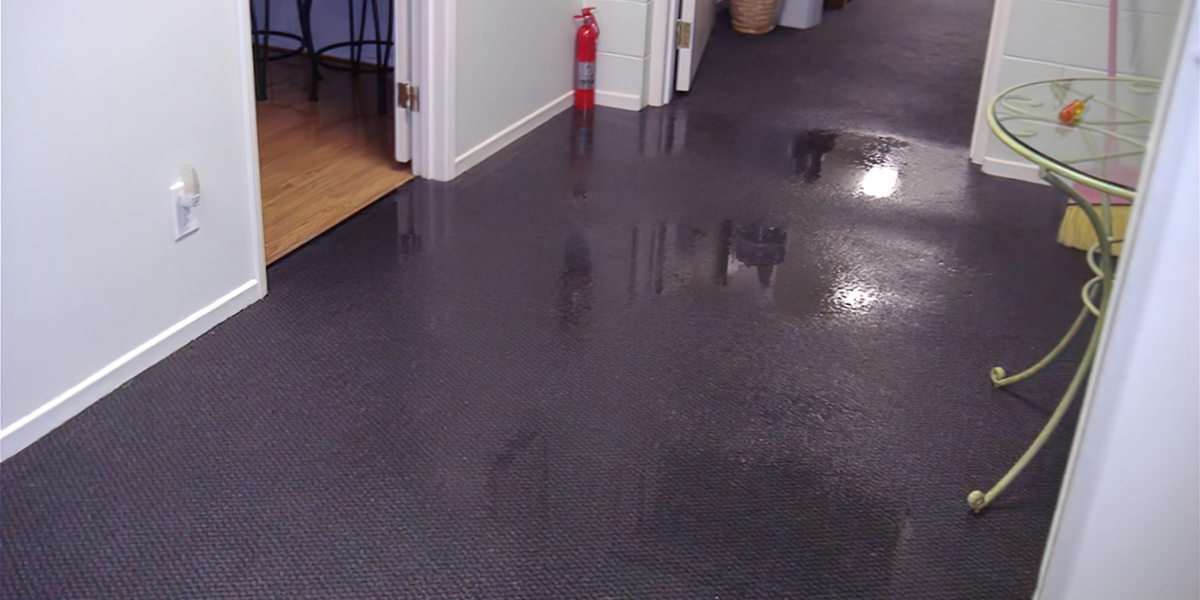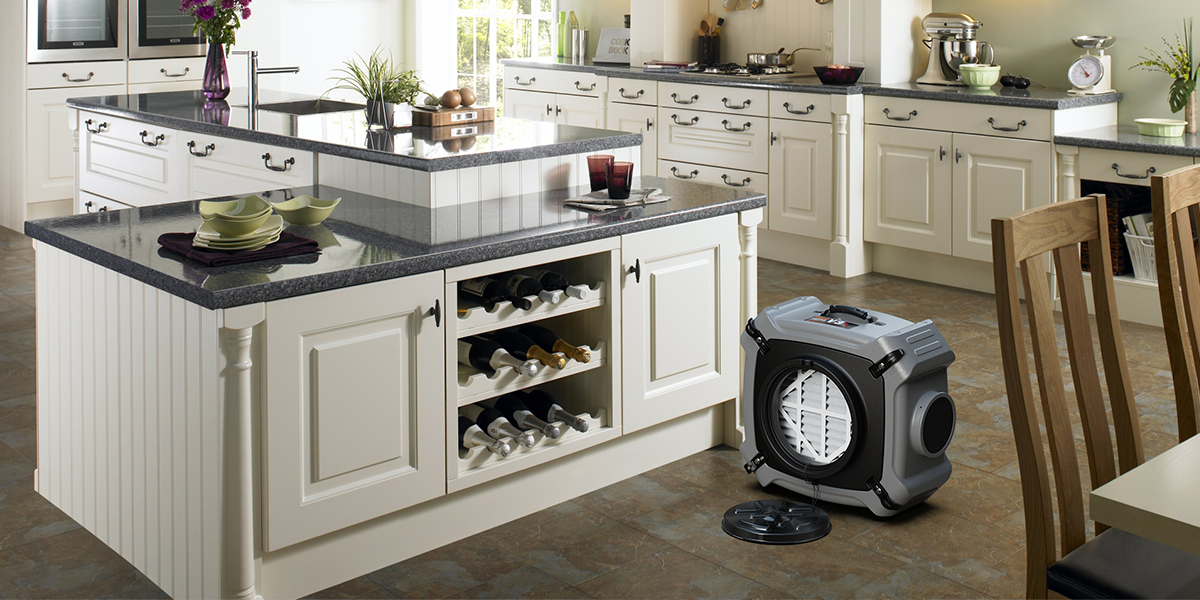In the quest for cleaner air within our homes and workplaces, air scrubbers have become increasingly popular. These devices, known for their efficiency in removing pollutants, play a pivotal role in enhancing indoor air quality. However, amidst their growing usage, a critical question arises: Do air scrubbers produce ozone? This is a significant concern, given the potential health and environmental implications of ozone.
At Abestorm, we understand the importance of not only purifying the air you breathe but also ensuring that the means of purification are safe and effective. This blog aims to delve into the mechanics of air scrubbers, focusing on their relationship with ozone production. We will explore the science behind air scrubbers, the nature of ozone, and how it fits into the context of air purification.
Understanding Air Scrubbers
Air scrubbers are devices designed to improve indoor air quality by removing particles, gases, and chemicals from the air. They work by drawing in polluted air, filtering it through a series of mechanisms, and then releasing cleaner air back into the environment. This process is crucial in settings where air quality is compromised, such as in industrial sites, construction areas, and even homes.
Overview of Abestorm’s Air Scrubbers
Abestorm offers a range of air scrubbers designed for different needs. These include models suitable for residential use, as well as more robust units for commercial and industrial environments. Each model is designed with efficiency and user-friendliness in mind, ensuring optimal air purification.
Ozone: What Is It and Why Does It Matter?
Ozone is a molecule composed of three oxygen atoms, often associated with the upper atmosphere, where it plays a crucial role in protecting the Earth from harmful ultraviolet radiation. However, at ground level, ozone can be a harmful pollutant, contributing to smog and posing health risks.
Ground-Level Vs Stratospheric Ozone
The ozone high up in the stratosphere is beneficial, forming the ozone layer that shields the planet. In contrast, ground-level ozone is an air pollutant, formed when pollutants from vehicles, factories, and other sources react with sunlight.
Health and Environmental Implications
Exposure to high levels of ground-level ozone can lead to respiratory problems, aggravate asthma, and even affect cardiovascular health. Environmentally, ozone can harm vegetation and wildlife, and contribute to broader climate change issues.
Air Scrubbers and Ozone Production
Certain types of air scrubbers, particularly those using UV light or specific chemical processes, can produce ozone as a by-product. This is often the case with air purifiers that intentionally generate ozone, sometimes marketed as 'ozone generators', like some models found in Abestorm’s negative ion air purifier collection.
The Science Behind Ozone Generation
In air scrubbers that produce ozone, the process typically involves the use of UV light or a corona discharge method, which splits oxygen molecules in the air. These split molecules can then recombine to form ozone. While ozone is effective in neutralizing odors and killing bacteria, its presence in the air we breathe can be concerning.

Types of Air Scrubbers and Ozone
Not all air scrubbers produce ozone. Many modern air scrubbers, especially those designed for home use, are built to avoid ozone production. Consumers need to understand the type of air scrubber they are using and whether it is designed to produce ozone. Reading product specifications and understanding the technology used in each air scrubber, such as those offered by Abestorm, can help in making an informed choice.
Common Misconceptions About Air Scrubbers and Ozone
A prevalent myth is that all air scrubbers produce ozone. However, this is not the case. Many modern air scrubbers are designed specifically to avoid ozone production, focusing instead on mechanical, carbon, or HEPA filtration.
Clarifying the Difference Between Air Scrubbers and Ozone Generators
It's crucial to distinguish between air scrubbers and ozone generators. While some air scrubbers may produce small amounts of ozone as a by-product, ozone generators are designed specifically to produce ozone. Products like those in Abestorm’s negative ion air purifier line are examples of ozone generators.
Choosing the Right Air Scrubber
Factors to Consider When Selecting an Air Scrubber
When choosing an air scrubber, consider the specific needs of your space, the type of pollutants you need to remove, and whether the device produces ozone. For environments where ozone is a concern, opt for ozone-free models.
Understanding Specifications and Features
Look for specifications like the type of filtration used (HEPA, carbon, UV), CADR rating, and any mentions of ozone production. Abestorm provides detailed information on their air scrubbers, making it easier to choose the right model for your needs.
Recommendations for Ozone-Free Air Scrubbers
For those concerned about ozone, Abestorm offers a variety of ozone-free air scrubbers. These models focus on effective filtration and purification without the risks associated with ozone.
Safe Use of Air Scrubbers
Best Practices for Using Air Scrubbers
To ensure the safe and effective use of air scrubbers, place them in well-ventilated areas and follow the manufacturer's guidelines for maintenance and operation. Regularly replacing filters and servicing the unit can also enhance its efficiency and longevity.
Guidelines for Minimizing Ozone Exposure
If using an ozone-producing air scrubber, it's crucial to use it in unoccupied spaces and adhere to the recommended exposure limits. Ensure proper ventilation to dissipate ozone and avoid prolonged inhalation.
Maintenance Tips for Safe Operation
Regular maintenance, such as cleaning and replacing filters, is essential for the safe operation of air scrubbers. Check the user manual for specific maintenance schedules and guidelines.
Conclusion
Understanding the relationship between air scrubbers and ozone production is key to choosing the right air purification solution for your needs. While some air scrubbers may produce ozone, many models, especially those designed for residential use, focus on filtration methods that do not generate ozone. By selecting the appropriate air scrubber, like those offered by Abestorm, you can improve indoor air quality effectively and safely.
We encourage you to explore the range of air scrubbers available at Abestorm to find a model that meets your air purification needs without the concerns associated with ozone.
For more information on our products and to explore our range of air purification solutions, visit Abestorm, Stay informed and visit our blog for more insightful content on air quality and purification technologies.









Shop For Dehumidifier